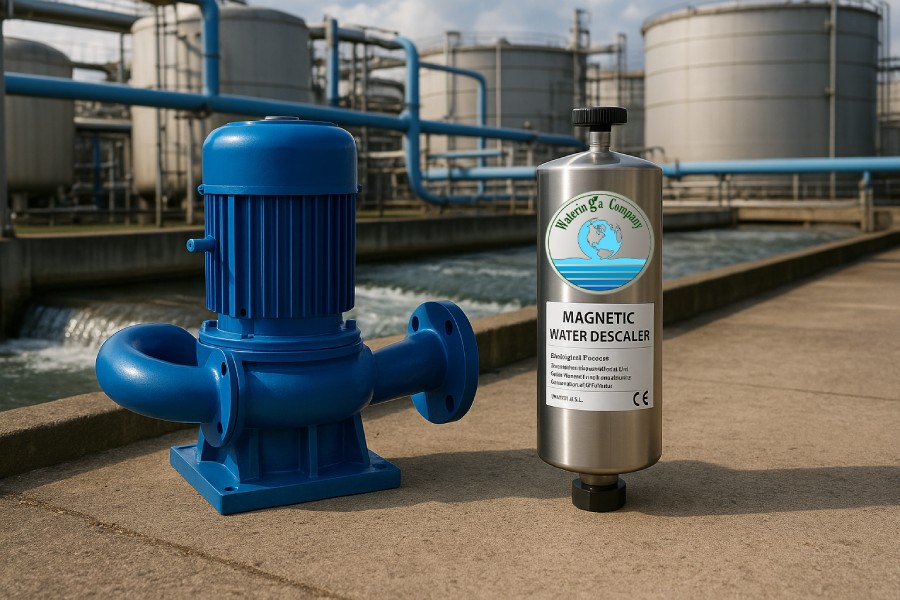Water descaling systems provide invaluable protection against problematic scale formation in pipes, heat exchangers, boilers, and other equipment. However, the chemicals involved can also pose environmental hazards if not managed responsibly. Understanding the potential ecological impacts of descaling and mitigation strategies is key for sustainable operation.
Benefits of Descaling
Water and Energy Efficiency
Preventing scale deposits enhances water efficiency and equipment longevity in facilities like power plants, reducing resource use and waste. Well-controlled descaling minimizes pipe leaks from corrosion damage, preventing water wastage. The achieved energy and water savings provide significant direct and indirect environmental gains. By removing scale buildup that degrades heat transfer surfaces, descaling improves boiler and condenser performance leading to lower energy requirements. This decreases emissions from power production.
Wastewater Reuse
Sustainable descaling also allows beneficial water reuse that would otherwise be unsuitable without treatment. Removing troublesome scaling tendencies enables recyclable use of blowdown, wastewater, and brackish sources. This conserves freshwater supplies, reducing extraction stresses. Descaling technology makes more wastewater streams reusable in a variety of industrial processes and for landscape irrigation or other non-potable uses. Less wastewater is disposed of through energy-intensive treatment and evaporation.
Enhanced Productivity
Furthermore, descaling improves membrane performance in desalination plants and enhances geothermal plant productivity through scale prevention in injection wells and surface equipment. So responsible descaling unlocks environmental wins by boosting efficiency in diverse operations. Keeping operations running optimally with less downtime for repair and replacement saves on embodied energy and emissions associated with equipment manufacturing as well.
Potential Adverse Impacts
Here is an extended essay with a title and subtitles on the potential adverse impacts of descaling:
The Environmental Risks of Descaling
Toxic Effects on Aquatic Life
Residual descaling chemicals like acids, phosphonates, and zinc compounds are acutely toxic to fish and invertebrates at elevated levels. Chronic sub-lethal effects including disrupted reproduction and developmental issues are also possible if aquatic life is repeatedly exposed to low concentrations. Strict control measures are needed to keep toxins from harming sensitive species and habitats.
Bioaccumulation and Eutrophication
Certain substances involved in descaling like phosphate have the potential to bioaccumulate the aquatic food chain from algae to larger organisms. Excess nutrient loading can also enrich waterbodies and contribute to harmful algal blooms. Eutrophication depletes dissolved oxygen as algae decompose, endangering aquatic life. Regular monitoring prevents the buildup of these problematic compounds.
pH and Chlorine Impacts
Acidic or alkaline wastewater discharges from descaling alter the pH of receiving waters if not neutralized, which most species cannot tolerate beyond a limited range. Effluents from chlorinated descaling systems also demand dechlorination to limit chlorine toxicity to aquatic life. Both pH and chlorine levels require treatment to safe levels before discharge.
Mitigation Strategies
To circumvent these environmental risks, controlled waste minimization, strict limits on discharge concentrations, treatment of process effluents, and proper disposal methods must be strictly followed. Ongoing evaluation ensures no long-term effects on water quality or resident organisms result from descaling activities. With responsible practices, potential hazards can be significantly reduced.
In summary, descaling offers benefits but also demands diligence to protect the environment and aquatic life from possible adverse consequences of uncontrolled chemical runoff. Adequate mitigation strategies coupled with compliance monitoring help realize benefits while minimizing residual risks.
Mitigating Environmental Risks
Effluent Treatment and Reuse
Various measures can minimize the eco-toxicity of spent descaling solutions. Advanced techniques like neutralization, dechlorination, oxidation, coagulation, crystallization, and carbon adsorption effectively treat process wastewater before safe discharge or controlled reuse. Capturing precipitated minerals through crystallization also enables recycling to reduce fresh material demands. A properly engineered treatment train removes contaminants to acceptable levels for discharge.
Source Reduction and Closed-Loop Systems
Source reduction through optimized chemical dosing minimizes the volume of wastewater requiring treatment and disposal. Improved monitoring and control systems help prevent over-application. Closed-loop descaling systems further reduce discharge needs by recycling treated water on-site. Regular maintenance prevents unintended leaks and losses.
Green Chemistry and Sustainability
Responsible system design considers environmental protection from inception. Using non-hazardous biodegradable chemicals lessens eco-toxicity risks. Filter backwash recycling recovers solids. Remote sensors automate precise chemical dosing. Regular usage and discharge audits promote continuous performance improvements. A holistic sustainable approach balances scaling control with minimal impacts.
Monitoring and Compliance
Strict treatment standards and permitted discharge limits require ongoing compliance monitoring to confirm effluent quality meets regulations before release. Records of treatment residue handling assure responsible off-site management if necessary. This accountability verifies consistent protection of receiving waters and their dependent ecosystems.
Conclusion
Through balanced source reduction, effluent treatment optimization, and mindful design, descaling operations can sustainably control scaling while mitigating ecological hazards. Rigorous compliance with best practices verifies environmentally protective performance over the long term.
References:
- https://pubmed.ncbi.nlm.nih.gov/10753089/
- https://energy5.com/the-environmental-impact-of-water-softening-fact-or-fiction
- https://olympianwatertesting.com/softening-for-better-health-the-science-behind-water-softening-and-its-effects/




